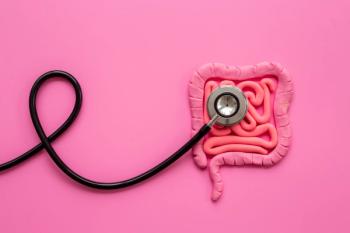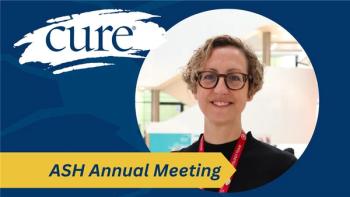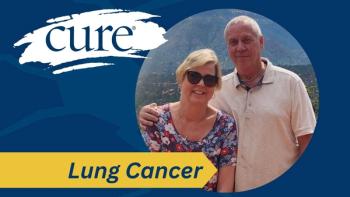
My Journey Through Acute Myeloid Leukemia With My Friend
What are the odds that my friend, Michael, would be afflicted with the same rare disease that I had?
Around Aug. 1, 2018, one of my oldest friends confided in me that he was feeling lousy. I attributed it to his obsession with spin classes, which in my estimation, he did to the extreme. It’s similar to the addiction I had to running, before my body gave out from years of overuse.
Michael’s symptoms were general fatigue and occasional irregular heartbeats. He also complained of a toothache, which he knew came from a tooth that was infected. A trip to the dentist that week led to him taking an antibiotic, which he felt reasonably sure would fix the other symptoms he was feeling.
A couple of days later, Michael was still not feeling any better, so he went to his general practitioner and had a blood test done, the results of which, when read by this doctor, indicated that Michael had anemia. Still not convinced he knew what was going on and feeling progressively worse, Michael asked me to take him to the emergency room at our local hospital. The reading there, of the blood-work done previously, came to a much different conclusion. Michael didn’t have anemia, he had leukemia — more specifically acute myeloid leukemia, the same type of cancer that almost did me in six years ago.
So what were the odds that Michael, same age as me (75), same family dynamic (ex-wife, a 30-year-old son and a 28-year-old daughter) and same number of years sober (35) in a 12-step recovery program, would be afflicted with the same rare disease that I had?
This chilling diagnosis really scared Michael. He had seen me go through my challenges and knew the risks involved. But he also knew that I survived and he could trust that I would be there to help him through this.
I set Michael up with the same doctor that treated me and was by his side as he began the lengthy treatment process: extensive chemotherapy followed by a bone-marrow transplant, once a DNA match and donor was found.
Michael didn’t do well during this process. At times he was overcome with anxiety that I could not help him overcome. The treatment itself proceeded well: the chemo put the disease in remission. So, Michael was sent home to await news about a transplant. It was during this time that Michael’s condition seemed to deteriorate. His body was losing strength and he just couldn’t seem to beat back the fear.
A panic attack sent Michael to the emergency room, where he was stabilized and told he should stay overnight so he could be monitored. Everything seemed to be okay, they told him. But it was to everyone’s surprise that later that night a blood vessel in Michael’s heart ruptured and he died.
When I received the news of Michael’s death, I felt like I was hit by a Mack truck. How could this happen? He was progressing nicely, just as I had.
My immediate thoughts were, “How had I failed him?” I had promised to see him through this, even joking about the party he and I would throw to celebrate our mutual success. I’m so sad and sorry, Michael. Like you, I wasn’t ready for this.





